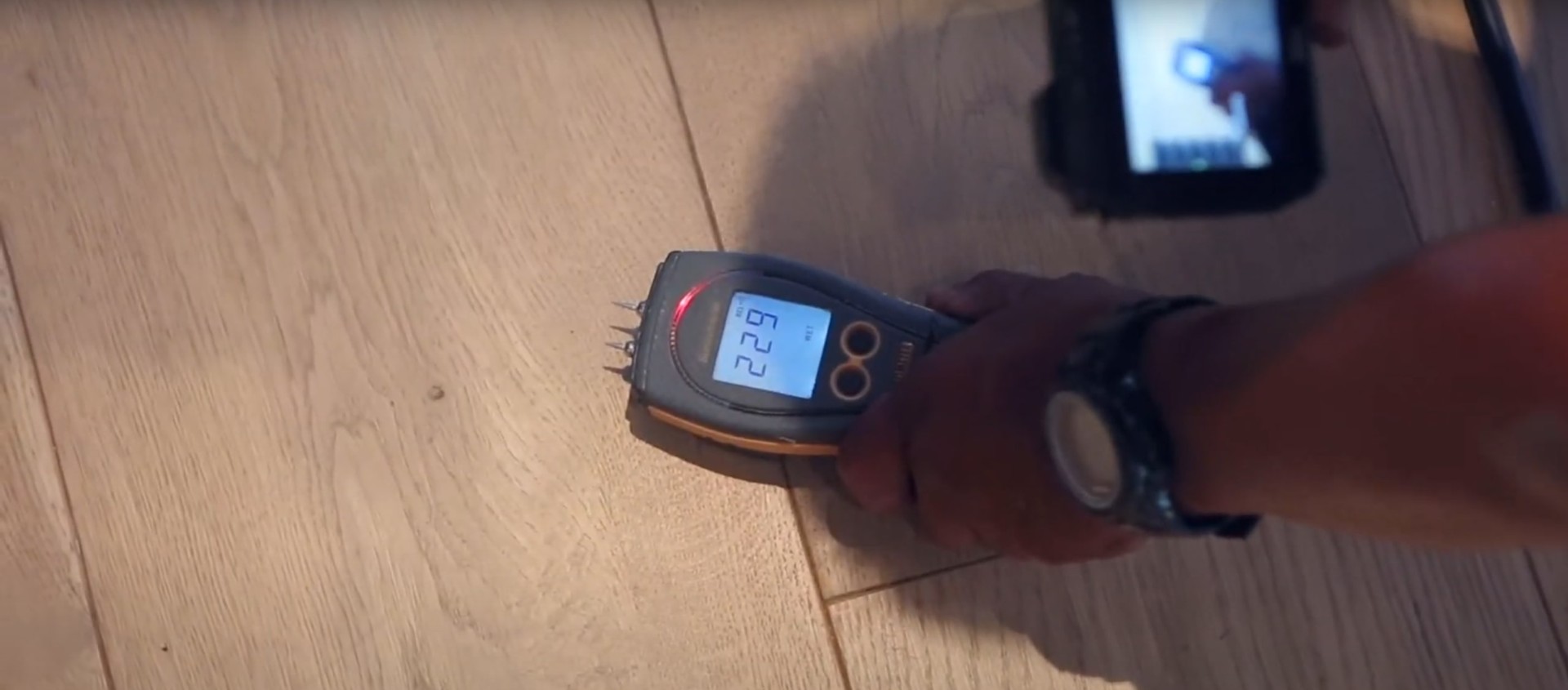Professional Mold Remediation Services
Safe, effective mold removal and prevention services in St. Cloud, MN

Protecting Your Health Through Professional Mold Remediation
Mold growth is one of the most serious consequences of water damage, posing significant health risks and structural concerns for property owners. Mold spores are naturally present in the environment, but when moisture levels remain elevated for 24-48 hours, these spores can rapidly colonize and spread throughout your property. St. Cloud Water Damage Restoration provides comprehensive mold remediation services including inspection, testing, safe removal, and prevention measures to protect your health and property value.
Mold remediation is far more complex than simply cleaning visible mold growth. It requires understanding mold biology, proper containment procedures, specialized equipment, and safety protocols to prevent cross-contamination. Our certified mold remediation specialists follow EPA guidelines and industry best practices to ensure complete mold removal while protecting the health of occupants and workers throughout the process.
Understanding Mold Growth and Health Risks
Mold requires three basic conditions to grow: moisture, organic material (food source), and appropriate temperatures. After water damage, building materials like drywall, wood, carpet, and insulation provide abundant food sources for mold growth. Once established, a single mold colony can release millions of spores into the air within days, spreading contamination throughout the entire structure through HVAC systems and natural air movement.
Health effects from mold exposure vary widely depending on individual sensitivity, the type of mold present, and the duration of exposure. The CDC recognizes that mold exposure can cause allergic reactions, respiratory problems, and in some cases more serious health issues. Children, elderly individuals, and people with compromised immune systems are particularly vulnerable to mold-related health problems. Some studies suggest that prolonged exposure to certain molds can affect over 25% of the population.
Warning Signs of Mold Growth
- • Musty or earthy odors
- • Visible discoloration on walls or ceilings
- • Increased allergic reactions or respiratory symptoms
- • Recent water damage or persistent moisture problems
Comprehensive Mold Inspection and Testing
Professional mold remediation begins with thorough inspection and testing to determine the extent of contamination and identify the specific types of mold present. Our certified inspectors use moisture meters, thermal imaging cameras, and air sampling equipment to detect both visible and hidden mold growth. We also collect samples for laboratory analysis to identify mold species and determine appropriate remediation strategies.
Mold testing includes both air samples and surface samples from affected areas. Air sampling measures the concentration of mold spores in the indoor environment and compares it to outdoor levels to determine if indoor contamination exists. Surface sampling identifies specific mold species growing on building materials. This testing is crucial because different mold species require different removal techniques and safety precautions. Some molds produce mycotoxins that require specialized handling procedures.
Containment and Safety Protocols
Proper containment is essential to prevent mold spores from spreading during the remediation process. We establish containment barriers using plastic sheeting and negative air pressure to isolate the work area from clean areas of the building. HEPA air scrubbers create negative pressure differentials that prevent contaminated air from escaping the work zone, while HEPA filtration removes mold spores from the air within the containment area.
Our technicians wear appropriate personal protective equipment including respirators, protective suits, and gloves to prevent exposure during remediation work. All contaminated materials are carefully removed and disposed of according to local regulations. The EPA estimates that proper containment procedures can reduce cross-contamination by over 95% when implemented correctly. We also protect unaffected areas with plastic sheeting and ensure HVAC systems are shut down or properly sealed during remediation.
Safe Mold Removal Techniques
Mold removal techniques vary depending on the surface contaminated and the extent of growth. Non-porous surfaces like glass, metal, and tile can often be cleaned with antimicrobial solutions and HEPA vacuuming. Semi-porous materials like unsealed concrete may require more aggressive treatment including sanding or chemical stripping. Porous materials like drywall, insulation, and carpet typically require complete removal and disposal when contamination is extensive.
We never use bleach or other household cleaners for mold remediation, as these products can actually feed some molds and don't effectively penetrate porous surfaces. Instead, we use EPA-registered antimicrobial products specifically designed for mold remediation. Dry ice blasting and soda blasting are advanced techniques we use for mold removal from structural elements without using chemicals. These methods can remove mold from wood beams and other structural components while preserving the underlying material.
Post-Remediation Verification and Prevention
After mold removal is complete, we conduct post-remediation verification testing to ensure that mold levels have returned to normal background levels. This independent testing confirms that remediation has been successful and the area is safe for reoccupation. We also provide detailed documentation of all remediation activities for insurance claims and future reference.
Preventing future mold growth requires addressing the underlying moisture problems that caused the initial contamination. We identify and recommend repairs for plumbing leaks, ventilation problems, humidity issues, and other moisture sources. Proper ventilation, humidity control, and prompt repair of water intrusion are essential for long-term mold prevention. Regular moisture monitoring can help detect problems before they lead to significant mold growth.
Professional Inspection
Comprehensive testing and assessment
Safe Removal
Proper containment and disposal procedures
Prevention Focus
Long-term moisture control solutions
